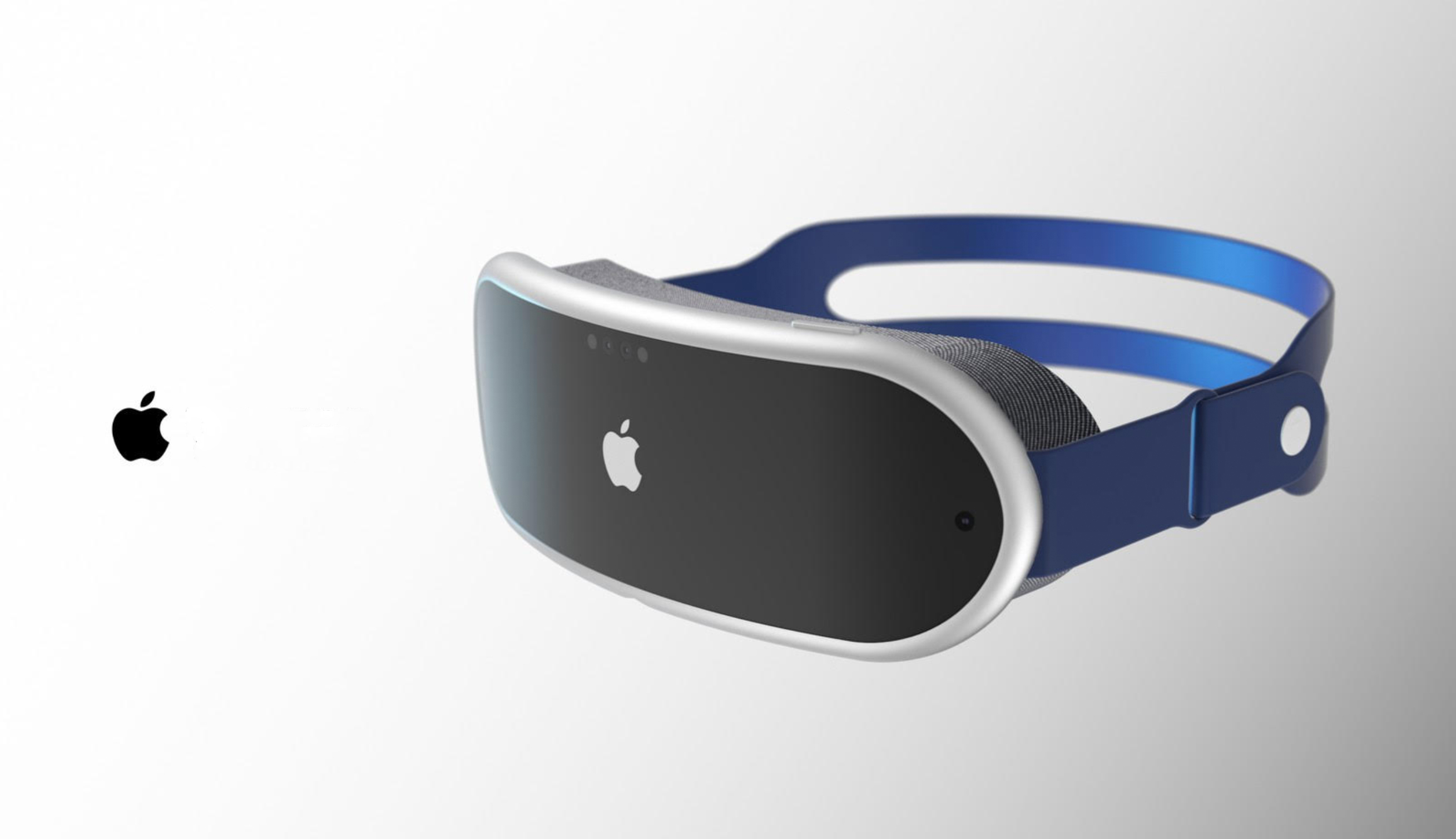Apple’s upcoming AR/VR headset will reportedly need an iPhone or Mac to work

Update: Three things we just learned about the Apple AR headset, and four big unknowns.
A report from The Information indicates that Apple’s rumored mixed reality headset will require another device to do the heavy lifting, for the the first generation at least.
That’s what the construction of the custom chip reportedly being designed for the headset suggests, anyway. The Information said that the 5-nanometer system-on-a-chip (SoC) for the headset is lacking Apple’s neural engine, and has instead been optimized for the wireless transfer of data, the compressing/decompressing of video and power efficiency for a battery life that will last as long as possible.
- Best iPhone AR apps and games in 2021
- The best VR games in 2021
- Plus: Google may be working on custom Chromebook chips — that's exciting
That strongly indicates that all the heavy processing will be done elsewhere: probably on your iPhone or Mac. This isn’t without precedent: the first generation of Apple Watches worked similarly, acting as a window to the apps hosted on a connected iPhone. Over successive generations, the Apple Watch became more capable in its own right, and it is entirely possible that much-rumored Apple’s AR/VR headset could follow a similar path.
While the report states that the headset could have its own CPU and GPU inside for some limited functionality, the tip that it could need some external help shouldn’t be wholly surprising.
Back in 2020, Bloomberg reported on the internal differences at Apple over how it should work, with an early version relying on a “stationary hub, which in prototype form resembled a small Mac” to function. Some, including Jony Ive (and ultimately Tim Cook), believed that the hub should be scrapped. But if this report is correct, it looks like it could be relocated to hardware that you already own.
As for the hardware itself, The Information has another interesting tidbit: the headset could feature an “unusually large” image sensor — so large, in fact, that it’s reportedly proving difficult to build.
Get instant access to breaking news, the hottest reviews, great deals and helpful tips.
The image sensor, which will apparently as big as one of the headset’s lenses, is intended to “capture high-resolution image data from a user’s surroundings for AR.” This is presumably necessary for the device to serve as both a virtual and augmented reality headset: the former traditionally needs the eyes to be completely covered, while the latter requires the user to see the outside world. A high resolution stream would enable the latter without compromising the former.
The headset isn’t something you’re going to see this month at Apple’s upcoming events, however — well, not in any detail anyway. The first generation is tipped for 2022, with an improved second version reportedly coming in 2023 – or 2025, if you prefer Ming-Chi Kuo’s insight. That's all with the caveat that we don't actually have any official word from Apple that it is indeed working on a mixed reality headset.
With Tim Cook reportedly keen to launch one more major product category before giving way to someone else, the headset could prove to be the CEO’s swansong. So you would imagine Apple will spend as long as it takes to get it right.
- More: The best VR headset in 2021
Freelance contributor Alan has been writing about tech for over a decade, covering phones, drones and everything in between. Previously Deputy Editor of tech site Alphr, his words are found all over the web and in the occasional magazine too. When not weighing up the pros and cons of the latest smartwatch, you'll probably find him tackling his ever-growing games backlog. He also handles all the Wordle coverage on Tom's Guide and has been playing the addictive NYT game for the last several years in an effort to keep his streak forever intact.

